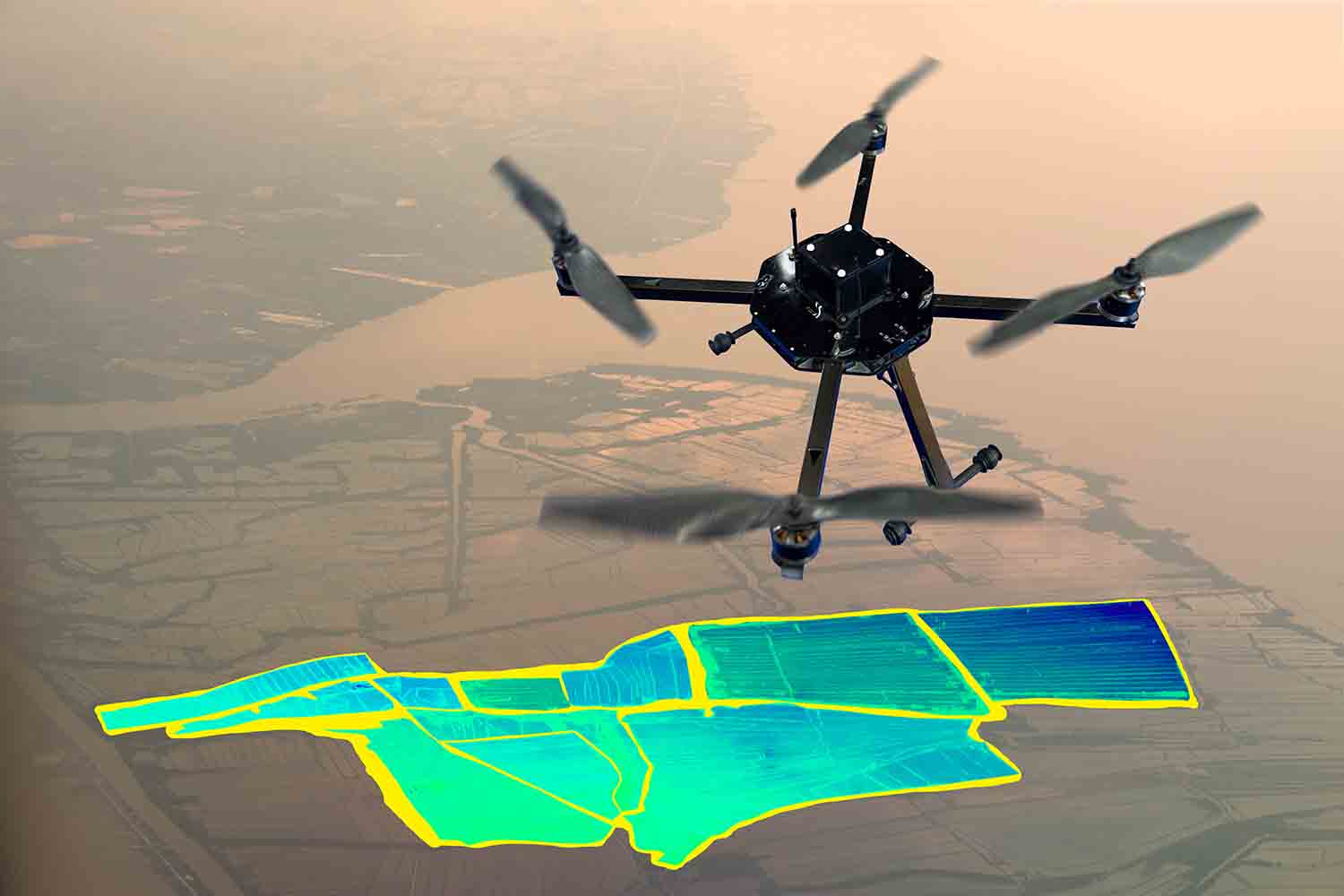High Precision: How Drone Surveying is Transforming Construction
The construction industry is going through a significant alteration, with new technologies paving the way for improved performance and precision inside project management. Between these advancements, drone surveying has come about as a game-changer, revolutionizing how land surveys are executed and site assessments are performed. The integration of drone technologies into the design workflow not just enhances accuracy nevertheless also streamlines techniques that once got days or weeks to finish.
Even as delve straight into the benefits involving using drones regarding surveying, it becomes clear that this innovative approach is not just a new trend, but the fundamental shift in how projects are executed. From delivering high-resolution aerial images to enabling detailed 3D mapping, drones are offering structure professionals tools of which were unimaginable only a few decades ago. This post will check out the myriad techniques drone surveying is definitely reshaping the scenery of the structure industry, highlighting it is applications, benefits, as well as the future it pledges.
Great things about Drone Surveying
Drone surveying has opened new avenues for accuracy and efficiency inside the construction industry. By using advanced aerial technology, drones can rapidly capture high-resolution images and data associated with vast areas, enabling more precise sizes and assessments than traditional methods. Typically the integration of drones into surveying methods reduces human problem, provides a sharper perspective of the terrain, and streamlines data collection, thus enhancing overall task quality.
One significant advantage of drone surveying is the time savings it offers. Standard surveying methods usually require extensive staff members and time-consuming techniques to gather data. More over, drones can cover large sites in a cheaper time, allowing for rapid information acquisition. This efficiency translates to faster project timelines and even enables teams as a solution more effectively in order to evolving project demands, ultimately leading in order to cost savings plus improved productivity.
Moreover, drone surveying is specifically necessary for safety and accessibility. Drones could easily access hard-to-reach areas, like large slopes or unsafe sites, reducing the particular risk associated with manual surveys. This specific capability not just protects workers from potential dangers yet also ensures that will no vital region is overlooked during the surveying process. The mix of reduced risk and improved coverage makes drone surveying an excellent tool in the construction industry's continuous push toward innovation and excellence.
Applications in Design
Drones are increasingly starting to be indispensable in the construction industry, offering a variety associated with applications that improve workflow and task management. One popular 2 in terrain surveying, where drones capture high-resolution aerial images and produce accurate topographical routes. This technology considerably reduces the time required for classic surveying methods, allowing for faster project ritual and improved setting up. With the ability to cover significant areas quickly, drones provide construction groups with precise info that informs design and style and layout selections.
One other vital application is within monitoring construction develop. Drones equipped with high-definition cameras plus thermal imaging may provide real-time revisions on site circumstances, enabling project supervisors to track milestones and identify potential delays. This ongoing surveillance not simply supports better useful resource allocation but furthermore enhances safety by allowing managers to spot hazardous situations before they elevate. The continuous flow of data assures that all stakeholders are informed, endorsing transparency and cooperation.
Finally, drones play a new crucial role within site inspections in addition to quality control. By utilizing drones to carry out inspections, construction groups can quickly examine structural integrity, discover defects, and make sure compliance with basic safety regulations. The opportunity to accessibility hard-to-reach areas without having scaffolding or ladders means that inspections can be done more efficiently and even safely. Drone Surveying Gloucestershire streamlines the inspection process but furthermore adds a level of accuracy of which traditional methods may lack, ultimately leading to higher good quality outcomes in construction projects.
Future of Drone Technological innovation

While the construction industry continues to evolve, the future of drone technology shows up promising with increased abilities and applications. We all can expect to see significant breakthroughs in drone sensors, automation, and synthetic intelligence, enabling a lot more precise data selection and analysis. These improvements is not going to improve the overall accuracy of surveys but additionally expand the variety of possible apps, making drones a great indispensable tool regarding construction professionals.
Additionally, the particular integration of drones with other solutions, for instance Building Data Modeling (BIM) plus Geographic Information Systems (GIS), will improve workflows and improve project collaboration. This particular synergy will allow real-time data revealing, which will lead to faster decision-making techniques and enhanced interaction among project stakeholders. As construction turns into more data-driven, typically the reliance on drone technology for surveying and monitoring will certainly only grow.
The regulatory landscape surrounding drone usage is in addition expected to mature, paving the way in which for even more widespread adoption. Along with clearer guidelines in addition to standards, construction firms will feel well informed in utilizing drones for various surveying tasks. This combo of technological advancements and regulatory assistance will secure drones an everlasting role inside the construction industry, revolutionizing just how tasks are planned, performed, and managed.